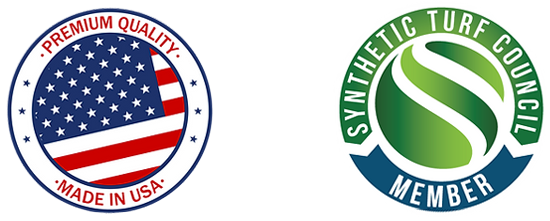EasyLock Base Panel Installation Guide
With EasyLock Base Panels it is possible to reduce or replace entirely the need for stone underneath synthetic turf. EasyLock Base Panels provide the structure and drainage of stone in a lightweight, interlocking plastic panel system.
Our patented design offers significant advantages, making installation smooth and hassle-free.
Watch our video demonstrating the EasyLock Panels installation, completing the project in half the time compared to conventional methods involving rock.
Prepare the Base
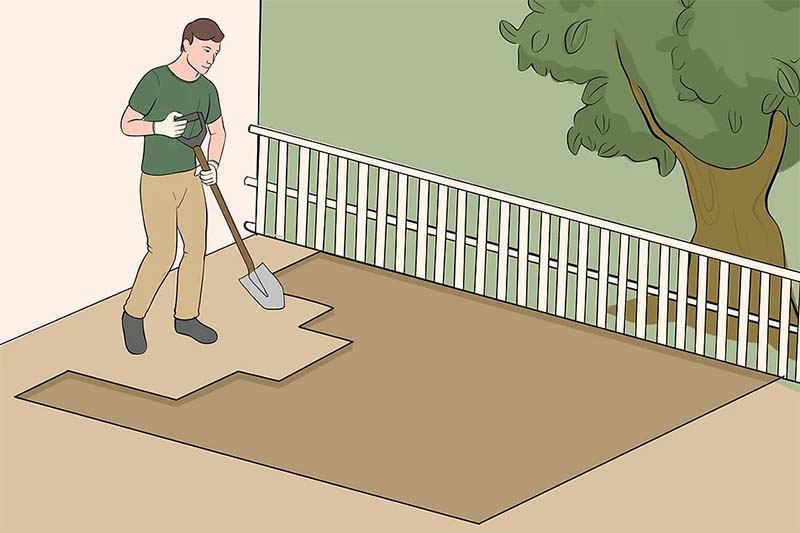
Installations over concrete or asphalt just require general cleaning/sweeping. Same for rooftops.
On soil, it is essential to first prepare a solid, stable subbase. Depending on the existing elevations and existing soils conditions, it may be as simple as removing the natural grass in a way that minimizes the disturbance to the soil and maintains a firm solid layer beneath.
If the existing soils are gradable and compactable–and at the elevation required–move on to the next step. If not, it may be necessary to add a thin layer of a locally available, crushed, jagged material that is gradable and compactable in order to reach the required elevation.
The goal with the subbase should be a firm enough surface that walking does not leave footprints. Deviation should be less than 1⁄4” in 10’.
Install Geotextile Fabric
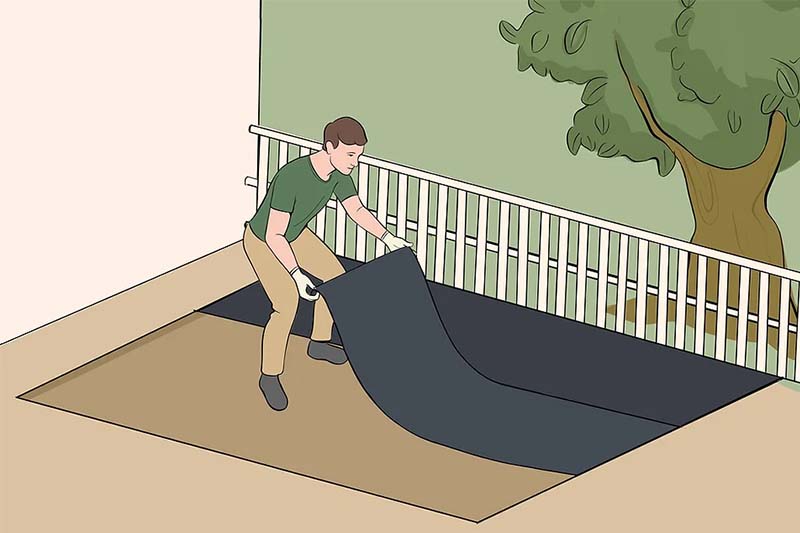
A heavy-duty geotextile fabric acts like a snowshoe under the panels, providing structure and support. It also helps regulate drainage and eliminate growth from below. There are two main types: permeable and impermeable. Once the base is prepared, unroll the geotextile fabric.
Take care to overlap a minimum of 6”. Pay attention to apparent water flow direction when overlapping the fabric. Concrete, asphalt, and rooftops may also use geotextile fabric to help reduce any acoustical tapping, eliminate infiltration of pet urine, or in the case of rooftops to aid in sheeting rainfall off.
Panel Installation
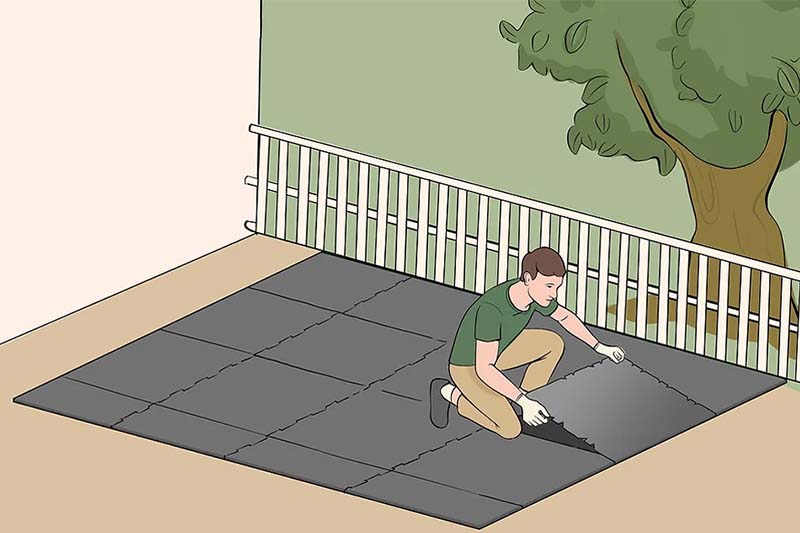
Ideally the pallets are staged in close proximity to the installation, minimizing the distance traveled from the staging area to the installation. For installations along solid or fixed borders, it may be necessary to start with trimmed panels. This is accomplished using a jigsaw, circular saw, angle grinder or table saw with a rough wood or plastic blade. The “male” side of the panels should be trimmed.
Start laying out the panels according to the layout diagram. “Staging” the panels allows them to acclimate to the ambient temperature as well as the adjacent panels. This also allows different crews to stay busy: one laying out panels and one snapping them together.

Place the male part over the female part taking care to line up the panel. Snap them in place with either your hand or gently with foot. No need to worry about “gapping” the panel as the “spring” automatically gaps the panel. The panel will only snap into an adjacent panel once properly aligned...do not force the connectors. (If forced the male connecting snaps can become bent which will make the connection stick up. This can be fixed by straightening up the male snap by hand and making sure the connection is correct.)
Continue snapping panels together until reaching the opposite side, then start on the next row. Panels can be staggered as well. Be sure to leave ~1⁄2” gap between fixed objects such as curbs and posts. For larger installations, a stringline can help with staging the panels into rows, as well as keeping the rows straight. When installing around fixed objects it is often beneficial to skip panels that require trimming around obstacles that can’t be moved: this allows a continuous workflow and its unique design allows the panels to be easily inserted once the main area has been completed.
Turf Installation
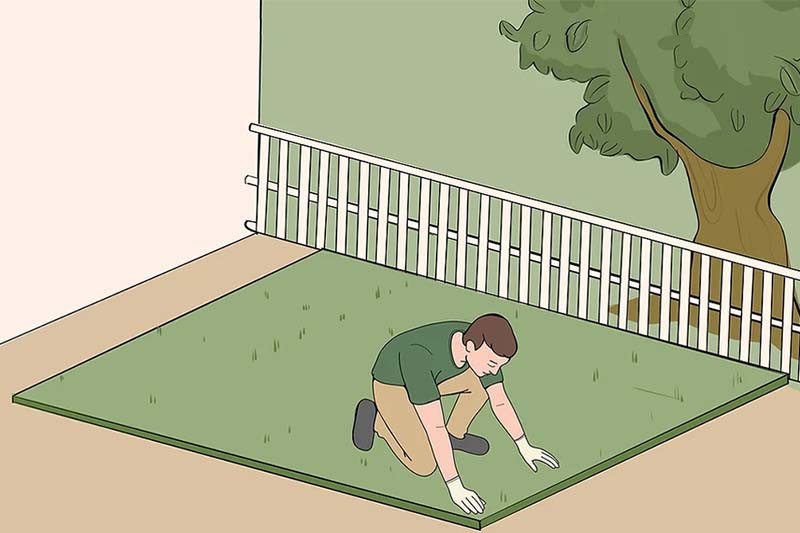
Once all the EasyLock Base Panels have been assembled and trimmed, the installation is ready for turf. Before unrolling the turf, make sure the surface is free of debris. For large installations, this can be done with a leaf blower.
NOTE - Synthetic turf should never be glued directly to the panels: use seam tape and glue.
Synthetic turf can be stapled around the outer perimeter edge using staples (stainless steel for outdoor installations). Be sure to nestle the nose of the staple gun into the turf against the backing in order to not trap turf fibers, which could result in a dimpled effect. As all turf expands and contracts at different rates, it is important to understand the characteristics of your turf and infill prior to affixing around the perimeter.


